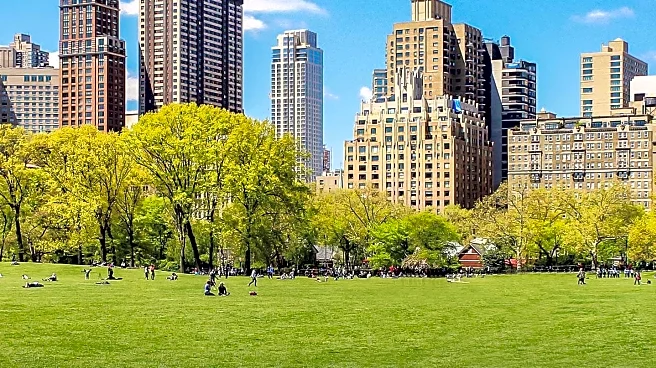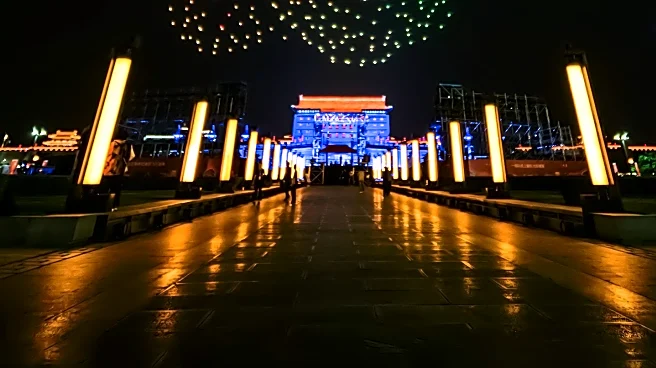What's Happening?
Turkish baths, or hamams, offer a unique blend of relaxation and social interaction, deeply rooted in history and culture. These baths are characterized by their distinct architectural design, featuring multiple sections including a warm entrance area, a semi-warm room, and a main hot room with a central marble platform. The bathing ritual involves a series of cleansing and massage techniques, such as the kese, a body scrub using a special glove, and the köpük masaj, a foam massage using olive oil soap. Historically, hamams served as social spaces, particularly for women, allowing them to gather outside their homes. Today, they continue to provide a space for relaxation and rejuvenation, with many hamams in Istanbul still operational, offering separate facilities for men and women.
Why It's Important?
The enduring popularity of Turkish baths highlights their cultural significance and the timeless appeal of communal relaxation spaces. In a modern context, these baths offer a retreat from the fast-paced lifestyle, promoting mental and physical well-being. The ritualistic nature of the hamam experience, with its emphasis on cleansing and social interaction, underscores the importance of self-care and community in maintaining a balanced life. For the tourism industry, Turkish baths represent a unique cultural attraction, drawing visitors seeking authentic experiences. The preservation of these historical sites also contributes to cultural heritage conservation, ensuring that future generations can appreciate this aspect of Turkish culture.
What's Next?
As interest in wellness and self-care continues to grow, Turkish baths may see an increase in popularity among both locals and tourists. This could lead to the restoration and reopening of more historical hamams, as well as the development of modern facilities that incorporate traditional elements. Additionally, there may be opportunities for cultural exchange and education, as more people seek to understand and experience the rich history and traditions associated with Turkish baths. The challenge will be to balance modernization with the preservation of cultural authenticity, ensuring that these spaces remain true to their historical roots while meeting contemporary demands.
Beyond the Headlines
The cultural and historical significance of Turkish baths extends beyond their immediate function as places of relaxation. They represent a unique intersection of architecture, social customs, and personal care practices that have evolved over centuries. The ethical considerations of maintaining these spaces involve respecting their historical integrity while adapting to modern needs. Furthermore, the role of hamams in promoting social interaction and community bonding highlights the broader societal benefits of such communal spaces, which can foster inclusivity and cultural understanding.










